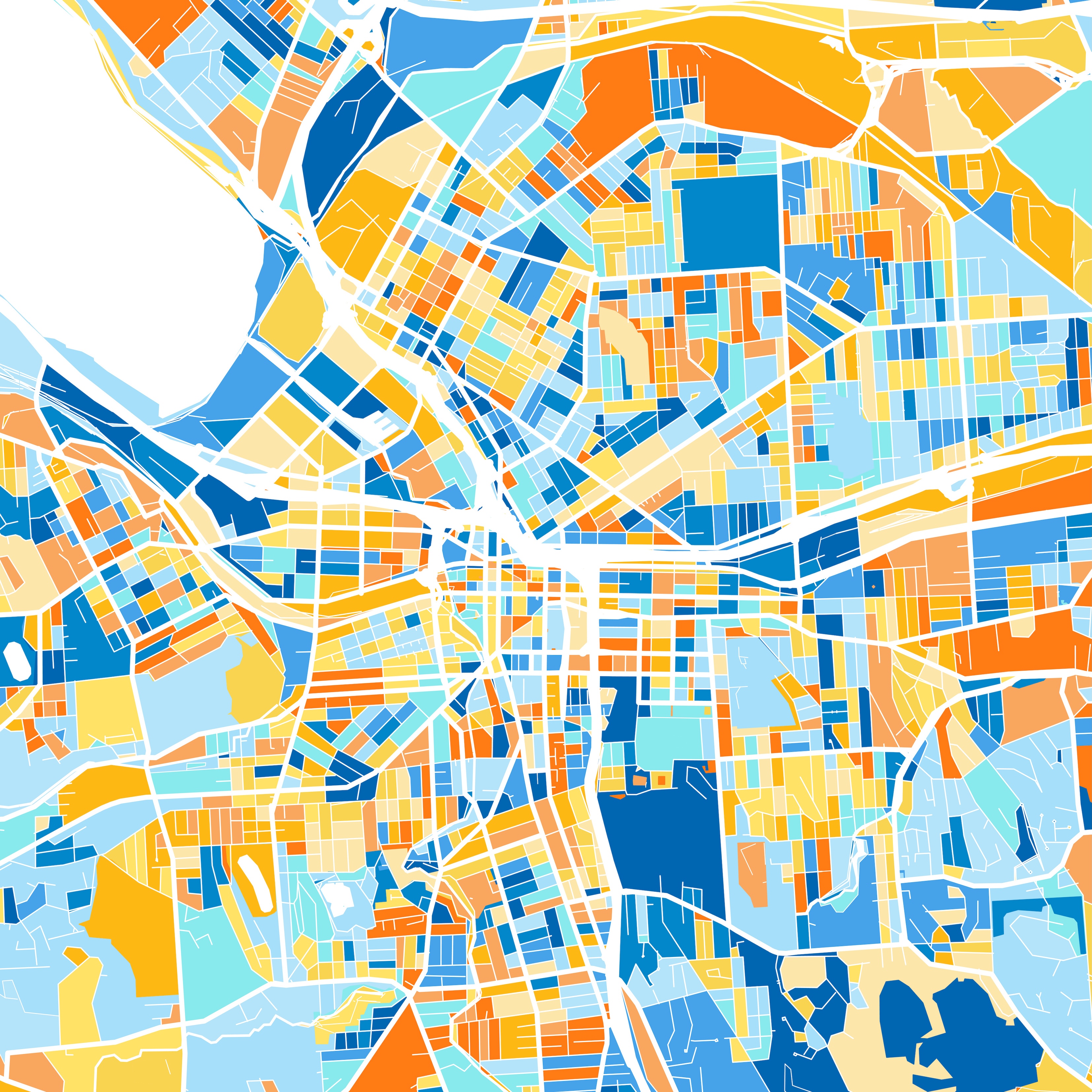What Does a City Feel Like to Live In?
From function to feeling, it's time to shift the plan

Here's a thought:
"What if we've been using the wrong formula all along?"
Last Friday, I joined a roundtable on urban well-being and quality of life.
It was one of those rare conversations, equal parts grounded and visionary.
We talked about what life quality could mean in cities beyond 2040.
When I was handed the "mic" and the metaphorical stage, I brought up something I'd been thinking about leading up to this meeting, a question that's been growing louder in my mind.
I referenced our report "Den magiska formeln för lycka i staden" (The Magic Formula for Happiness in the City), a research-based framework I co-authored, exploring what actually makes people feel well in urban environments, and asked:
“What if the formula we use to define quality of life in the city is outdated?”
Because here's the thing. For the past decades, we've followed a fairly consistent (though mostly unspoken) equation.
It goes something like this:
Wellbeing = Access + Function + Growth
By that logic, a city is "working" if people have:
- A place to live
- Public transport
- A job
- Access to green space and services
- And somesigns of economic development in the area
It's not wrong.
These are essential foundations.
But let's be honest: they don't explain why so many people in so-called functioning cities still feel exhausted, isolated, and disconnected.
And it's not just anecdotal.
The trends, the statistics, the public health data, all of it point inthe same direction:
We’re feeling worse, not better, in our urban environments.
More stress.
More loneliness.
More burnout.
Even as our cities become more efficient, they're becoming less liveable.
We've been measuring the hardware.
But we've been ignoring the software, the part where humans come in.
Let's talk about it.
A Formula for 2040 (and Beyond)
Let me propose a new formula.
One that actually reflects how humans function, biologically, emotionally, socially:
Wellbeing = Belonging + Recovery + Meaning +Safety + Time Freedom + Sensory Balance
Suddenly, it's not about whether you have a roof over your head, but whether you feel at home.
Not just whether you can get to work, but whether you have space to connect, reflect, and breathe.
Not just if there's infrastructure, but how that infrastructure feels to live in. How it sounds, how it flows, how it supports or drains you on a daily basis.
This formula includes the quiet stuff that shapes us hour by hour:light, sound, texture, rhythm, spatial logic.
The parts of the built environment that don't show up on a zoning plan,but show up in your nervous system.
So What Changes?
This isn't about being poetic.
It's about shifting how we measure, invest, and plan.
Because if we want to build cities that actually support humanwell-being, not just economic output, we need a different set of priorities.
The old metrics aren't enough.
And the new ones need to be rooted in how people actually live, move, feel, and function.
Some of this, we're already working on.
Across many cities, we're moving toward greater proximity between functions, bringing work, home, school, healthcare, culture, and green space closer together.
The goal is a daily life that happens within a neighbourhood, not scattered across a region. That shift alone can make urban life simpler, more social, and less exhausting.
But proximity is just the beginning.
A city designed for well-being in 2040 might also prioritise:
- Reduced friction and transit stress
It's not just about the speed of getting from A to B, it's about how stressful that journey is. Crowded buses, traffic bottlenecks, poor lighting, disorienting signage…
These things erode our mental well-being.
Reducing friction means designing for clarity, calm, and flow, and affecting the human nervous system in a positive way.
- Urban spaces that support presence, not just productivity
Our cities are full of spaces where we're supposed to perform, offices, gyms, cafés, even playgrounds.
But where do we go to pause?
To rest, reflect, connect with others, or just be?
Cities need more of these "third spaces" that don't demand performance, but allow presence.
- Daily life that fits into where you live, nota commute away
If everything meaningful in your life, your job, your friends, your favourite café, your doctor, is somewhere else, you're not really living in your neighbourhood.
You're just sleeping there.
A liveable city lets you actually live where you are.
- Environments designed for how the brain actually works
We're not robots. We're sensory creatures. Noise, lighting, air quality, movement patterns, spatial rhythm, all of this affects how we feel, behave, and connect.
If a space constantly puts your nervous system on edge, no amount of greenery or clever branding will fix it.
We need environments that regulate rather than overstimulate.
We're entering a new phase, one where neuroscience, public health, and urban systems need to start speaking the same language.
Because without that, we'll keep building smart cities that don't feel very human.
Let's Wrap This Up
Cities are not machines to optimise.
They're habitats for living beings.
And living beings need more than access and function.
They need time, safety, rhythm, belonging, recovery, and meaning.
So maybe the real upgrade isn't about more tech or faster growth.
Maybe it's about asking different questions.
Not just "Does this city work?"
But "Does this city feel good to live in?"
Because in the end, that's what quality of life is really about.
Lots of love,
Stina



.svg)